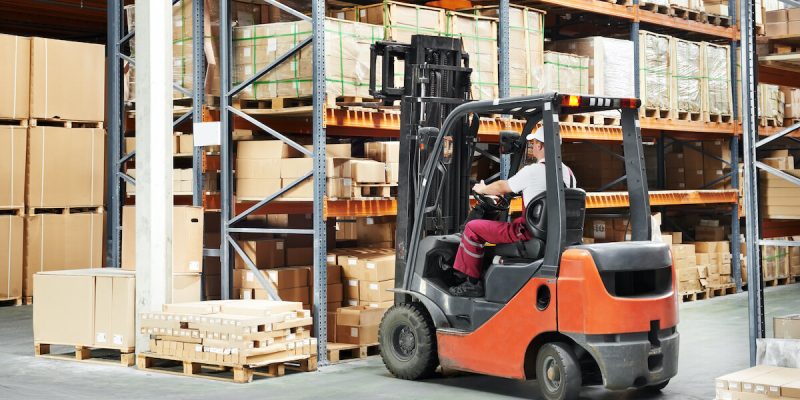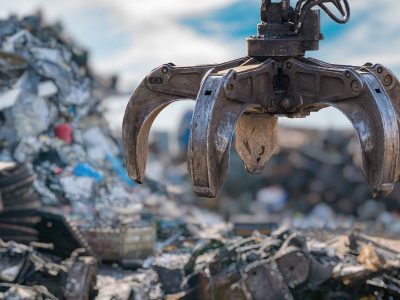For a warehouse is an organism of habits, and all the upgrades in the world will fail unless they have buy-in from floor. Change agents must emphasise that crates and automated warehouse equipment do not replace workers, but rather enable workers, as veterans may prefer ‘the way we’ve always selected’. Give demonstrations where employees stack cartons and crates to compare time, reach height, and physical effort.
Emphasize the immediate benefits: fewer dumpster trips, minimized product damage, a neater, quieter workplace fortifying this culture shift with forklift certification training and crate-handling best practice skills outlines, not just guarantees technology adoption rather than low-utilization warehouse equipment Perth collecting dust.
Data-driven containers for future-ready
The next step in the evolution connects the physical crates to digital twins. Next-generation systems have eliminated the need for line-of-sight for picks already by embedding passive RFID tags in Plastic crates where scanners confirm picks. Low-cost IoT chips will soon be available, emitting location, temperature and shock data in real time to warehouse execution systems that perform ad hoc orchestration of tasks. Picture a pallet shuttle that redirects on the fly, because it “knows” the crates loaded on-board are fragile glass pieces that need to be routed away from the high-impact zones. That type of intelligence melts hidden bottlenecks triggered by goods that get stuck in the wrong places, nipping congestion in the bud.
For existing operations, there may be other integration pathways — but no matter how a portion of the portfolio goes to market the goal is to create synergies not only in the core operations of sales and marketing but also across areas such as supply chain logistics, technology, finance, back-office operations and human resources.
Benefits can be realized without demolishing legacy infrastructure by the facility. Take a deep-dive flow analysis exercise – identify SKU families, velocity zones and pinch points. Bring in Plastic crates in the tightest loop — which is frequently order assemble or reverse logistics — where the value of their rigidity delivers short-term benefits without the need for redesign. Parallel-operating pilot aisles allow managers to calibrate racking measures and fork extensions with minor disruption. Take the solution horizontally once these metrics confirm that throughput is better, decommission worse containers, and align lift equipment capacities with the standardized crate footprint. Thus, change flows in a regulated cascade rather than in a high-risk big-bang conversion.
Criteria for Heavy-Duty Equipment Selection Mapped to Crates
It all starts with crate geometry, which informs your choice of the right machine. For its part, a narrow-aisle articulated forklift needs to pass with pallets of crates stacked high at load and unload heights without tipping over sideways or colliding with a rack upright. Crate ribs and hold holes should be filled by clamps, forks or vacuum end-effectors on robot arms, filling as much space as possible without being too aggressive and causing crushing. In order to have totes traveling through merged lines without skewing, the conveyor side guides must be equivalent of the crate depth. In freezing crate dimensions first, equipment vendors can customize proposals to a known good spec, minimizing the large expense of onsite retrofits later.
The numbers tell the story post implementation. Line-item picks per labor hour, cycle-time variability, and dock-to-stock elapsed time are just a few common KPIs. Facilities moving to heavy-duty warehouse equipment and Plastic crates often see improvements of double digits across all three metrics in a single fiscal quarter. When every crate carries a unique ID, inventory accuracy leaps, reducing write-offs as well as back orders. At the same time, that part of space-ascribed to pallets per cubic meter, or cases per square foot—tends to increase at such a level that plans for future expansion can often be postponed or completely eliminated with the result that capital is made available for growth plans in other areas of the business.
Sustainable competitive advantage
There may be an armoury of individual technologies that competitors can reproduce but a synced ecosystem of equipment and containers will be much harder to knock-off in the short-term. Accuracy, when a customer receives the correct order, faster, and with fewer damaged products, does not go unnoticed. There are supplier benefits such as retailers appreciate suppliers placing goods in modular Plastic crates that can also serve as shelf-ready units that are reducing store labour by much. Pallet loads that hold up in transit are less likely to be returned, which is something bulk buyers appreciate. Eventually, this service-level benefits convert to renewals and gain share making storage optimization and not just a operational cure but a strategic weapon.
Final thoughts
When demand outpaces available real estate, storage bottlenecks seem unavoidable, but these are signs of misaligned infrastructure, not immutable facts of life in a warehouse. The perfect counterpunch to space and throughput congestion is the combination of heavy duty warehouse equipment and well designed, standardized Plastic crates making the block. This approach pays dividends in safety, sustainability, scalability, and prepares the facility by allowing it to absorb future growth without capital draining real estate moves.













Comments